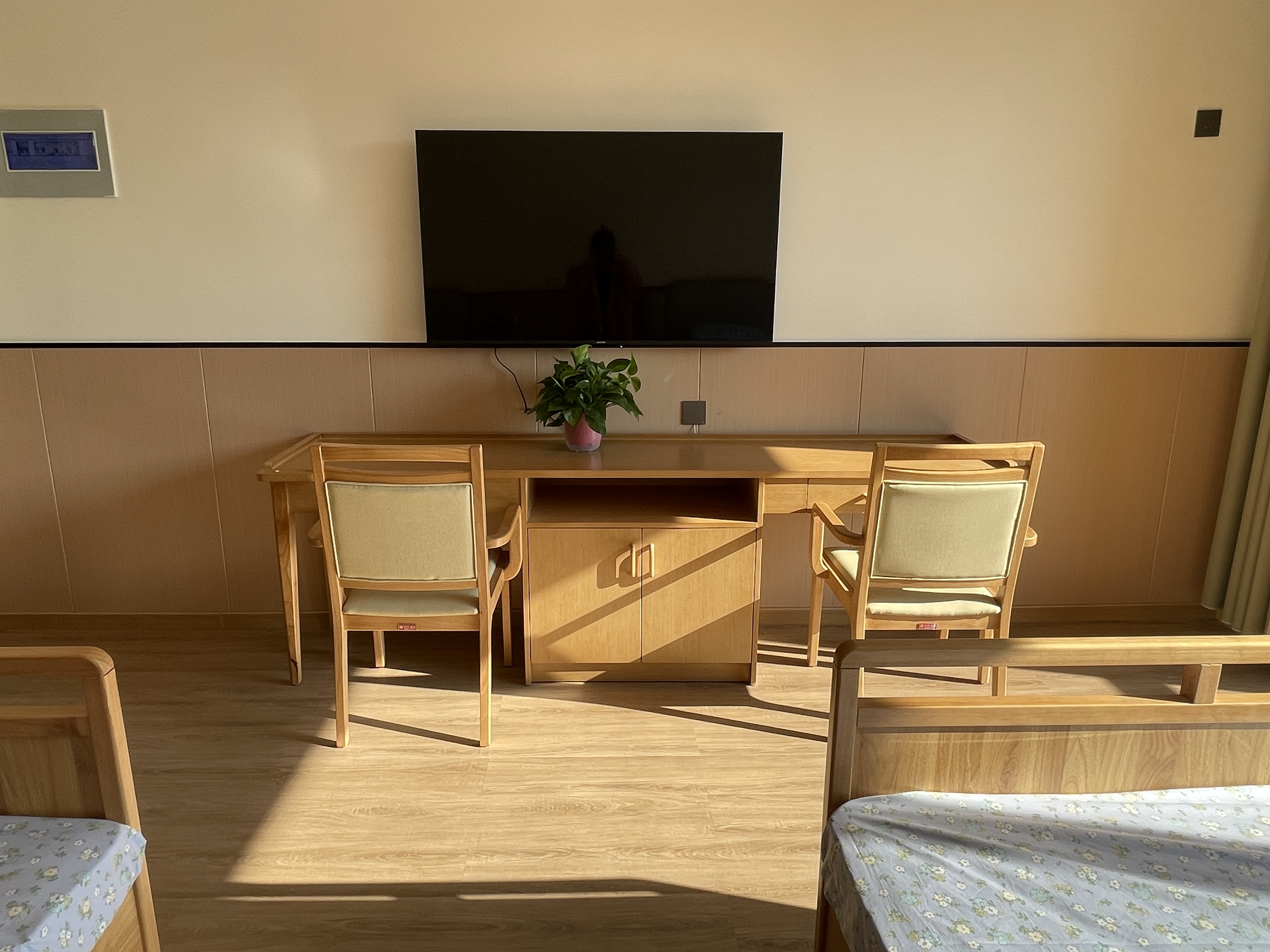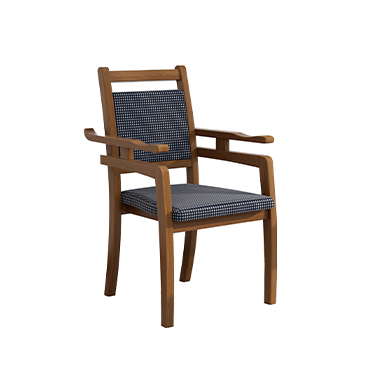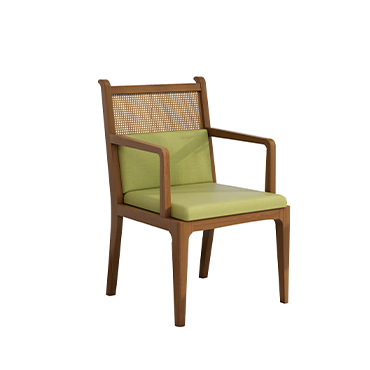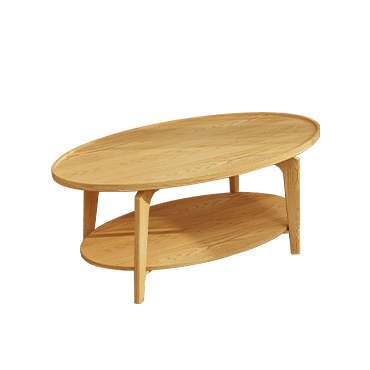Common Age-Related Concerns for Older Adults
As people age, certain health challenges become more common, often affecting mobility, safety, and overall quality of life. For caregivers and facility managers, understanding these concerns is essential to creating a safer and more supportive living environment. The right senior living furniture can also play an important role in reducing risks and promoting independence.
1.Falls
Every year, one in four adults over 65 experiences a fall, and more than one-third of these cases result in hospitalization. In the U.S., falls are the leading cause of injury among older adults.
Prevention strategies include designing spaces with senior needs in mind and using supportive furniture such as sturdy chairs with armrests, non-slip shoe benches, and beds with adjustable height.
2.Arthritis
Arthritis reduces joint flexibility and causes pain, especially in the hands, knees, and hips. Properly designed seating and supportive surfaces can ease pressure on joints and improve daily comfort.
3.Osteoporosis
This degenerative disease weakens bones, making even minor falls more likely to cause fractures. Ergonomic and stable furniture can reduce fall risks and provide essential support.
4.Chronic Pain
Back pain may result from degenerative disc disease, arthritis, poor posture, or unsuitable seating. Unsupportive chairs or sofas can worsen pain, while ergonomically designed elderly care chairs help maintain proper posture and reduce strain.
5.Muscle Weakness
Weakness in the upper or lower limbs makes standing from a seated position difficult. Chairs with armrests, lift-assist sofas, and regular physical activity can help seniors remain independent.
6.Vision Problems
Over one-quarter of adults aged 71 and older have vision impairments, including macular degeneration, cataracts, decreased depth perception, and sensitivity to glare. These challenges can make it difficult to see furniture edges or flooring transitions, increasing fall risks.
7.Dizziness and Balance Issues
Vertigo, nausea, and imbalance may be caused by medications, eye conditions, or inner ear problems. Supportive furniture and clear walking paths can reduce accident risks.
8.Limited Mobility
Declining ability to walk, bend, move, or stand may be linked to previous falls, strokes, surgeries, or chronic conditions such as Parkinson’s disease. Accessible furniture and mobility aids are key to maintaining independence.
9.Gait Problems
Shuffling, unsteady steps, or trembling while walking may result from Parkinson’s disease, essential tremor, dementia, medication side effects, or even stress and anxiety. Well-planned spaces with stable seating and grab-support options make daily movement safer.
Conclusion
Age-related conditions are a natural part of life, but their impact can be reduced with proper planning and senior living furniture solutions. From fall prevention to posture support, well-designed furniture helps older adults live more safely, comfortably, and independently.





